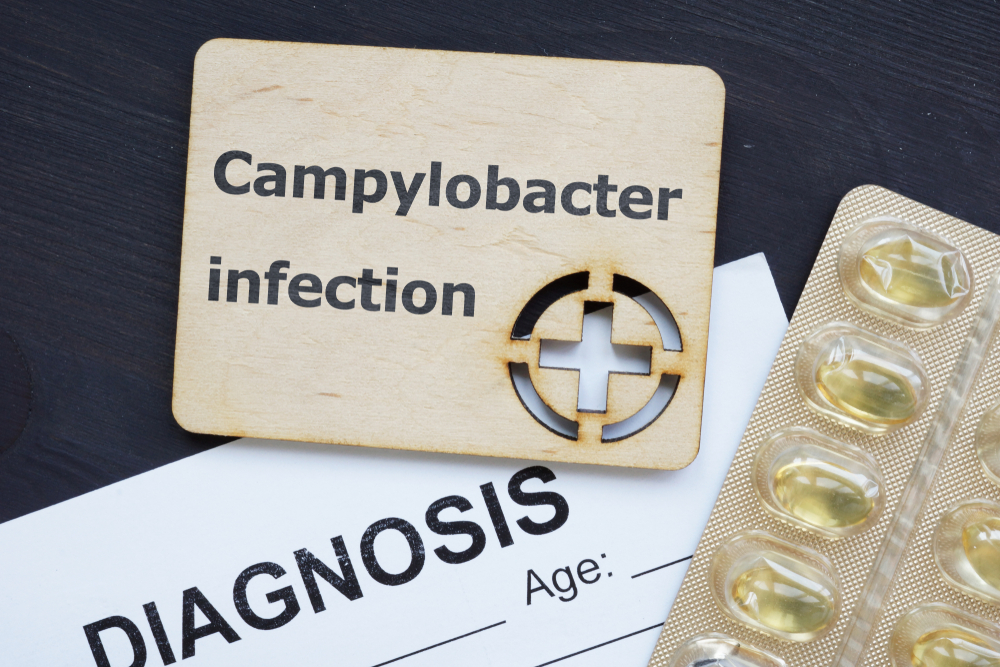Campylobacter infection is considered to be the most common bacterial cause of human gastroenteritis and is one of the four global causes of diarrheal diseases. These bacteria are known to cause Campylobacteriosis which is a zoonosis disease or a disease transmitted to humans from animals or animal products. The species of campylobacter are commonly found in warm-blooded animals such as pets such as cats and dogs and animals for food consumption such as poultry, pigs, cattle, and sheep but they have also been found on shellfish.
The main cause of contracting Campylobacteriosis is believed to be foodborne wherein a human can be infected by eating contaminated meat products which are undercooked, as well as consuming raw or contaminated milk. Campylobacter invades the organs of animals such as the liver and intestines which can be transferred to their edible meat when slaughtered. When Campylobacter infects the udder of a cow, the milk becomes contaminated. When the feces of animals come in contact with soil and water, it can also contaminate fruits and vegetables. Drinking contaminated water and contact with animals or animal feces can also be a source of infection.


